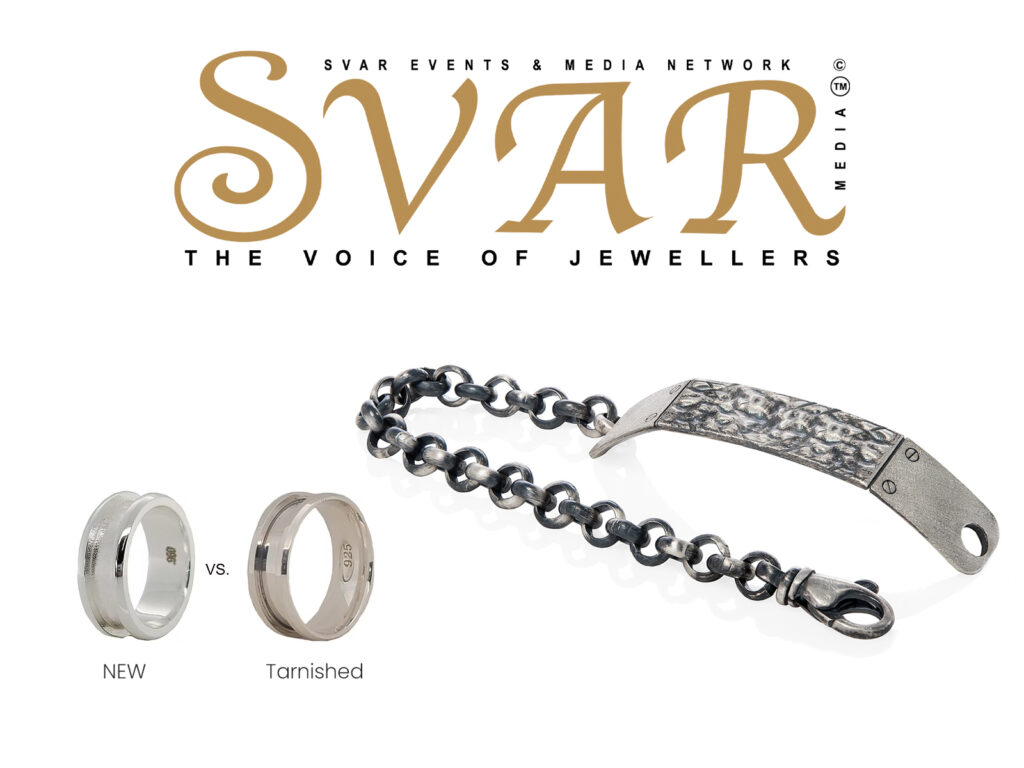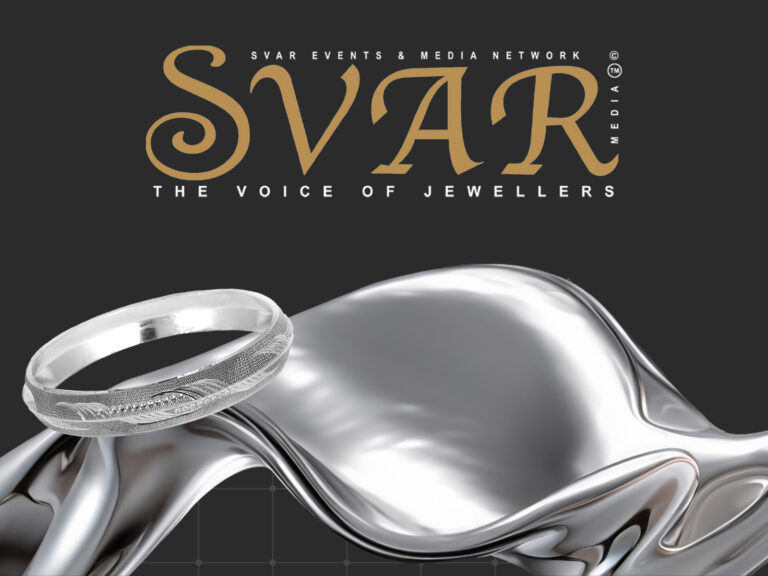Silver Tarnish: Myths, Truths, and the Science of Preservation
Let’s discover jewellery in terms of knowledge, skill, and eternal beauty. Here, we dive into a shared worry among silver enthusiasts: tarnish. Is it a defect, a chemical reaction, or just part of silver’s charm? Let’s dispel the myth and reveal the science and solutions to silver tarnishing.
What is Silver Tarnish and Why Does It Happen?
Tarnish on silver is the blunting or blackening of silver’s surface because of a chemical reaction with the sulphur compound present in the atmosphere. It is a natural process—not a fault or indication of poor quality.
Even sterling silver (92.5% pure) is not immune. Body chemistry, pollution, and moisture are the main culprits in the tarnish rate.
Myth vs. Reality: Debunking Common Beliefs
Let’s clear the air around some persistent myths in the world of silver:
- Myth: Only fake silver tarnishes.
Truth: Tarnishing proves the presence of real silver. Base metals may corrode, not tarnish. - Myth: The older the piece, the more likely it will tarnish.
Truth: Even new silver can tarnish within days if exposed to certain elements.
Myth: Tarnish is permanent.
Truth: Tarnish is reversible and manageable with the right cleaning techniques.

Understanding the Science Behind Tarnish Divine Brand
Tarnish forms when silver reacts with hydrogen sulphide (H₂S) or other sulphur-based gases in the environment. These reactions create silver sulphide, the black layer that dulls its shine.
Common culprits include:
- Humid air
- Hair products
- Wool, latex, and eggs (which release sulphur)
- Urban pollution and smoke
This oxidation process affects only the surface, meaning it can be safely removed.
How to Prevent Silver Tarnish: Expert-Backed Jewellery Care Tips
One should always advocate for preventive care. Here’s how to keep your silver dazzling:
Line Your Storage:
Use anti-tarnish strips or cloths infused with agents that neutralise airborne chemicals.
Store Smartly:
Keep pieces in tarnish-resistant pouches or airtight containers. Add silica gel packs for extra protection.
Avoid Moisture & Chemicals:
Remove silver jewellery before swimming, exercising, or applying lotions and perfumes.
Wear Your Silver:
Surprisingly, regular wear helps keep tarnish at bay thanks to friction and natural polishing.
Best Methods for Cleaning Tarnished Silver
Has your favourite piece already lost its lustre? Here’s how to bring it back to life:
- Mild Soap & Water:
Mix gentle soap with warm water and polish with a soft cloth for light tarnish. - Baking Soda Method:
Apply a paste of baking soda and water. Rub gently with a cotton cloth, rinse and dry.
Foil Trick (for heavier tarnish):
Place silver on aluminium foil in a dish, sprinkle with baking soda, and pour hot water over. The chemical reaction removes tarnish effectively and safely.
Avoid: Toothpaste, harsh chemicals, or abrasive cloths—they can scratch or wear down silver.
Tarnish-Resistant Silver: Does It Exist?
In fact, jewellers now offer tarnish-resistant silver. Some are alloyed with palladium or plated with rhodium, creating a protective barrier. Though not foolproof, these processes significantly extend the tarnishing process.
If you’re looking for lasting excellence, ask your jewellers about these advanced finishes.

Final Words: Keep the Shine, Know the Science
Tarnish is not the death of beauty—tarnish means you own real, reactive silver. Understanding the science and solutions of tarnishing makes jewelry lovers informed consumers and guardians of their collections for generations to come.
Stay tuned for more science-embracing concepts, jewellery knowledge, and maintenance methods that hold significance in the jewellery world.
for more such updates visit Svar’s Jewellery Newsletter
Subscribe to our latest collection Svar’s Jewellery Magazine


